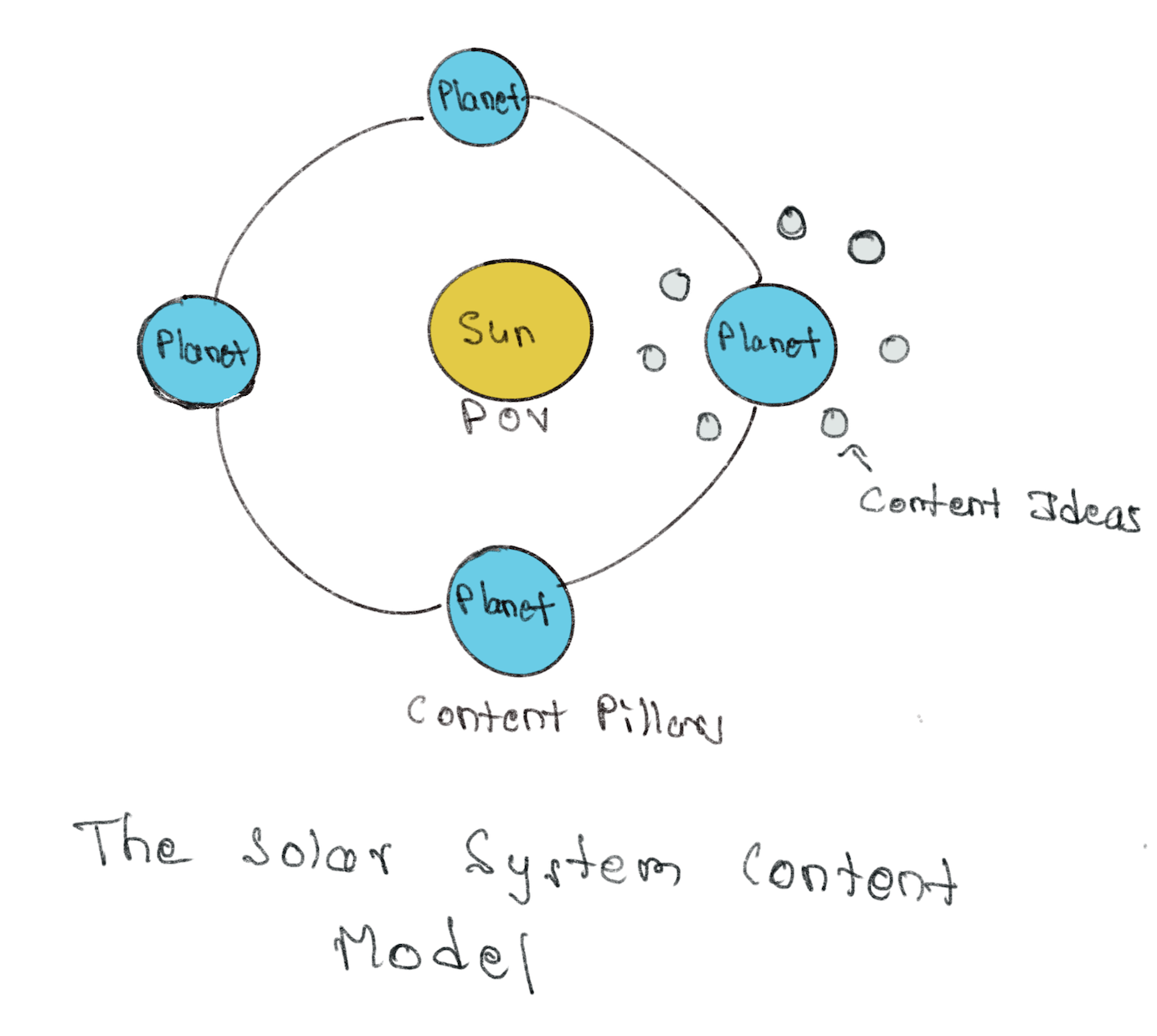Let’s say you sell “Chocolate donuts” at a store.
Your alarm goes off every day at 5 a.m., and you get to work on a fresh batch. You spend a good amount of time in making them perfect. Presentation is important to you, so you make sure they look good.
But there’s a tiny problem. Nobody’s buying. Data shows that only 2 out of 10 people buy from you the second time. Big problem, isn’t it? Fortunately, there’s an easy way to fix this.
Open more stores
More stores would ensure that more people get access to your donuts, right? Revenue would shoot through the roof. You’d get more Google reviews. And your aunt Sally would finally be proud of you.
It seems like the most obvious solution to save your business.
But no, of course not. It’s a horrendous strategy. If 8 out of 10 people don’t like your donuts now, what would change if 1000 people try it? Increasing distribution by opening more stores when the donuts don’t taste good… is absurd.
Can we be brave enough to look at the core problem?
The only thing worth fixing right now is the taste of the donuts. Everything else? Just noise. Distractions. Illusions. These are the things that cost you time and money and leave you with a ton of headaches.
And while you and I may think we are too smart to implement a bizarre strategy like this… this is exactly what most of us do when it comes to creating and distributing content.
What do we do when our content fails to resonate?
When our content fails, we are seduced by the idea of more distribution. We believe that putting our content on more platforms would magically make it resonate with our ideal buyers.
If only I had the time/money/expertise to be on Instagram… my content would probably go viral.
If only I could crack the LinkedIn algorithm… my content would perform.
All this time, ignoring the core.
Ignoring the donut.

You start creating commodity content
To be more impactful, you are now flooding multiple platforms with mediocre content. Content that has very little personality and doesn’t stand out. It blends into the content other sources created. The donut still doesn’t taste good.

In his brilliant book, “Simple Marketing for Smart People,” Billy Broas differentiates between upstream and downstream problems. According to Billy, marketers and entrepreneurs obsess over the latest social media trend or the right platform (downstream problems)… when their core message isn’t sorted (upstream problems).

The problem isn’t that not enough people are seeing your content. The problem is that the ones seeing your content are not resonating with it.
The way to fix that problem is by getting clear about your Point of View.
What is a POV?
A Point of View is your unique perspective, which, if your clients accept it, would make their lives better. A POV is usually an unconventional, slightly controversial way of doing things that challenges the norm. It’s spicy and will not resonate with everyone.
How does a POV fix your content problems?
A strong POV isn’t a magic solution to all your content problems, but it comes pretty close. A POV aligns your content and messaging strategy, acting as the Sun in your Solar System Content Model.

It is the one force that binds all your communication together, preventing it from going in different directions. It’s the singular mission that your brand has, and everything you do with your content is in service of this singular mission.
When you fix your POV, all your communication, including Sales presentations, Emails, Blogs, podcasts… everything gets aligned.

A POV helps your content stand out from commodity content by creating signature content. Signature Content is content that looks like you, feels like you, and smells like you.

To summarize
If your content is not resonating, it’s highly likely that the problem doesn’t lie in distribution. The problem is at the core. Your POV is not strong enough, and that is what you need to fix.
What’s next?
